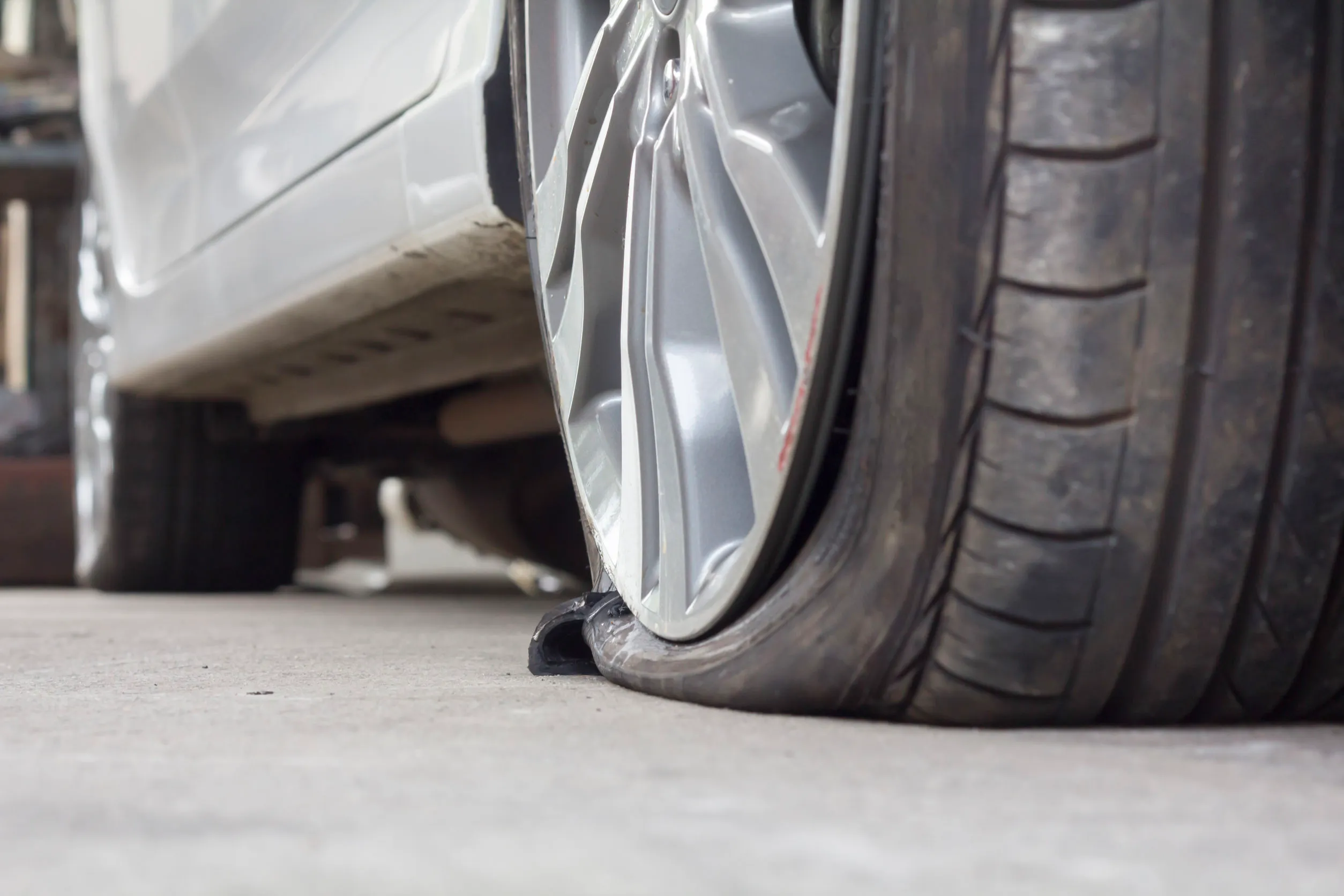Have you ever encountered a case of a punctured tire and there is no place around to pull over and change the tire? How far can you drive on a flat tire? Fortunately, you can still drive a short distance before you cannot go any further.
Although driving with a flat tire is dangerous because it can cause damage to the wheel, there are still cases of force majeure. According to experienced car drivers, it is vital to go slowly, try to drive on flat roads, and come to a complete stop somewhere safe as soon as possible.
How Far Can You Drive on a Flat Tire
Never try to go more than a few miles with a puncture, even if the tire is not completely flat. You may need to go further than that to get to the tire changer. But at least, you can stay away from the dangers of the big road. Remember to slow down and pull over to a safe place as soon as possible.
- You can change your tires almost anywhere. So, do not find a private parking spot for your car.
- Make sure your safety before worrying about car repair.
Driving a Car with a Flat Tire
1. Drive slowly
Do not try to go faster than 15 mph to 20 mph with flat tires. Going fast can cause permanent damage to the wheels and can cause you to lose control of the wheel. Gently press the accelerator pedal and go slowly until you find a suitable place to change the tire.
- Driving at high speeds will only damage the wheels faster because high speeds can expose the wheels to greater forces without the tires protecting them from rough patches or road debris.
- If you are going downhill, let the vehicle go down gently by inertia with one foot ready to brake.\
2. Choose the terrain when driving with flat tires
Stay away from potholes, slippery slopes, or rough, cracked roads. Bad pavement can damage the rims, bending and deflecting the rims. Pay attention to wet or sandy terrain that can cause the vehicle to slip, sink or get stuck. Asphalt roads, parking lots, or highways are the best terrain options for cars with a flat tire.
3. Going straight is best
Do not take zigzag or winding roads when looking for a place to change tires. Instead, go slow, straight, and turn gently. Remember to find the straightest path to take.
- Keeping the wheels running can help combat wheel traction. But do not push too hard if it could interfere with your ability to drive.
- Fast and sharp turns can put pressure on the rims.
4. Quickly to a safe place
When you have the opportunity, get off the main road and head to a place with less traffic. Make sure the vehicle comes to a complete stop. Then, pull the handbrake and turn on the emergency lights to alert other drivers that your vehicle is in trouble.
- Park the vehicle on a level surface in case that your vehicle will need to use a lift rack.
- Do not get out of your vehicle if you are unsure of the traffic conditions on the road.

